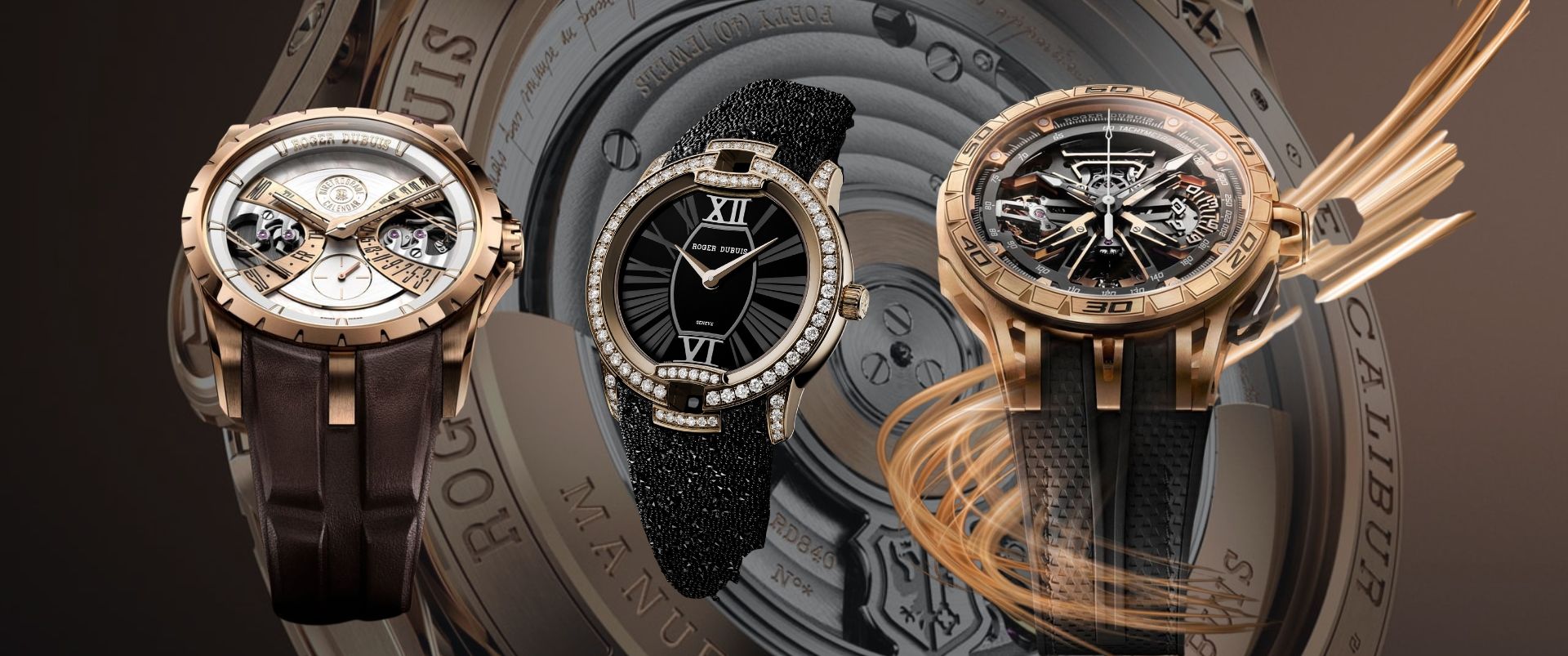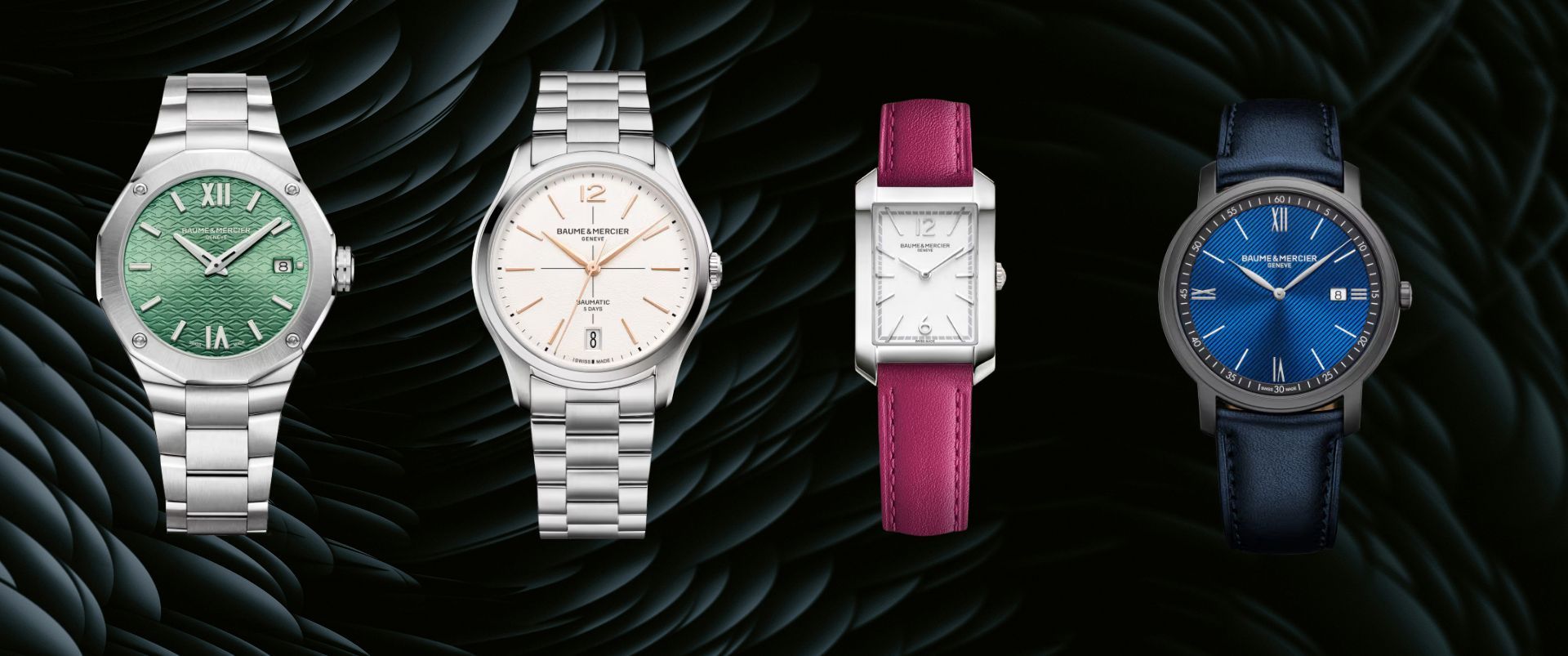Breguet's Blueprint : The Innovations of Abraham Louis Breguet
Abraham-Louis Breguet, a name synonymous with horological brilliance, stands as one of the most influential figures in the history of watchmaking. Having the esteemed distinction of inventing the first wristwatch ever, inventor of the tourbillon and creating timepieces for aristocrats and royal families, Abraham-Louis Breguet has played a pivotal role in shaping the contours of the watch industry as we know it today. His innovations and contributions to the craft have left an indelible mark, shaping the way watches are made and appreciated to this day. Breguet's life and work epitomize the blend of artistry and engineering that defines high-end watchmaking.
Destined For Success
Breguet's success into the world of watchmaking seemed predetermined as he was born in the land of watchmaking- Switzerland. By today’s standards this seems counterintuitive, as everyone knows Switzerland is the epicentre of fine watchmaking. However, in Breguet’s time, it was a slightly different story. That’s why, at the age of 15, he moved to Paris, which, at the time, was a major centre for horological innovation and craftsmanship. He began his apprenticeship as a watchmaker under the guidance of several skilled masters, including watchmaker Joseph-François Marie, and later, Ferdinand Berthoud, both of whom were renowned horologists.
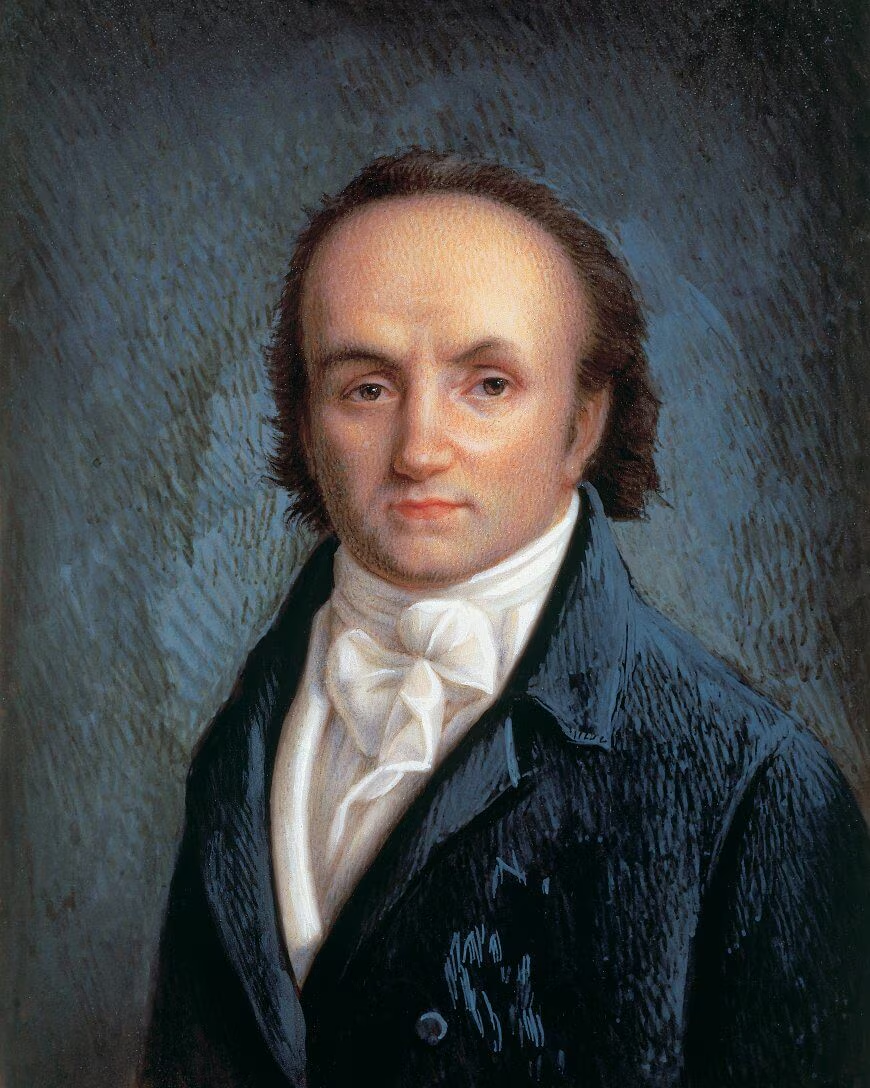
In 1775, the reign of Louis XVI just took place and it ushered in a new wind over France. The King is favorable to the arts, and Breguet takes advantage of it to start his own business. Setting up his own business on Quai de l'Horloge, Ile de la Cité in Paris in 1775, the house was ideally placed in the district of the Ile de la Cité, where the silversmiths, dial-makers, needle and watch-case manufacturers of the time operated, which led to Breguet taking full advantage of the central hub of Paris. Here, he quickly gained a reputation for his technical prowess and creativity, attracting the attention of affluent clients and fellow watchmakers.
Redefining The Art
Breguet's contributions to watchmaking are numerous and groundbreaking. His innovations not only improved the accuracy and reliability of timepieces but also added aesthetic and functional enhancements that are still revered today.
Introducing A Watch That Would Wind Itself

What Abraham-Louis Breguet set out to achieve was at once simple and highly ambitious : a watch which would wind itself, without the aid of a key or any other external agency. He aimed at creating an oscillating weight "à secousses" which responded to the wearer’s movements and ordinary walking. The oscillating weight, sprung so that it returned to its original position after each movement, pushed up two going-barrels, stopping when the springs were fully depressed. The perfection of this system was the first major success of his career. Sometimes known as perpétuelle his first self-winding watch was sold to the Duc d'Orléans in 1780. The rest as they say was history as his "self-winding watches" brought him considerable fame both at the court of Versailles and throughout Europe. Unique in its time, both technically and aesthetically, the perpétuelle – the watch of kings par excellence- remains today one of the most powerful symbols of the phenomenal creative genius of its inventor.
The Harmonious and Discreet Minute Repeater
A gong spring is a strip spring wrapped around the movement, against which the striker of a repeating watch strikes. Fascinated by the early repeating watches, Abraham-Louis Breguet created the first striking repeating watch to be operated by a gong spring rather than a bell, universally used hitherto. Initially rectilinear in form and mounted crosswise on the back plate, the gong spring was soon coiled up around the movement. This considerably reduced the thickness of the watch, while at the same time making the tone more harmonious and discreet. Today still, the minute repeater ranks supreme among horological complications. Universally admired, its intricate construction has remained the preserve of a few master watchmakers with the skill and patience to fit and adjust its delicate parts.
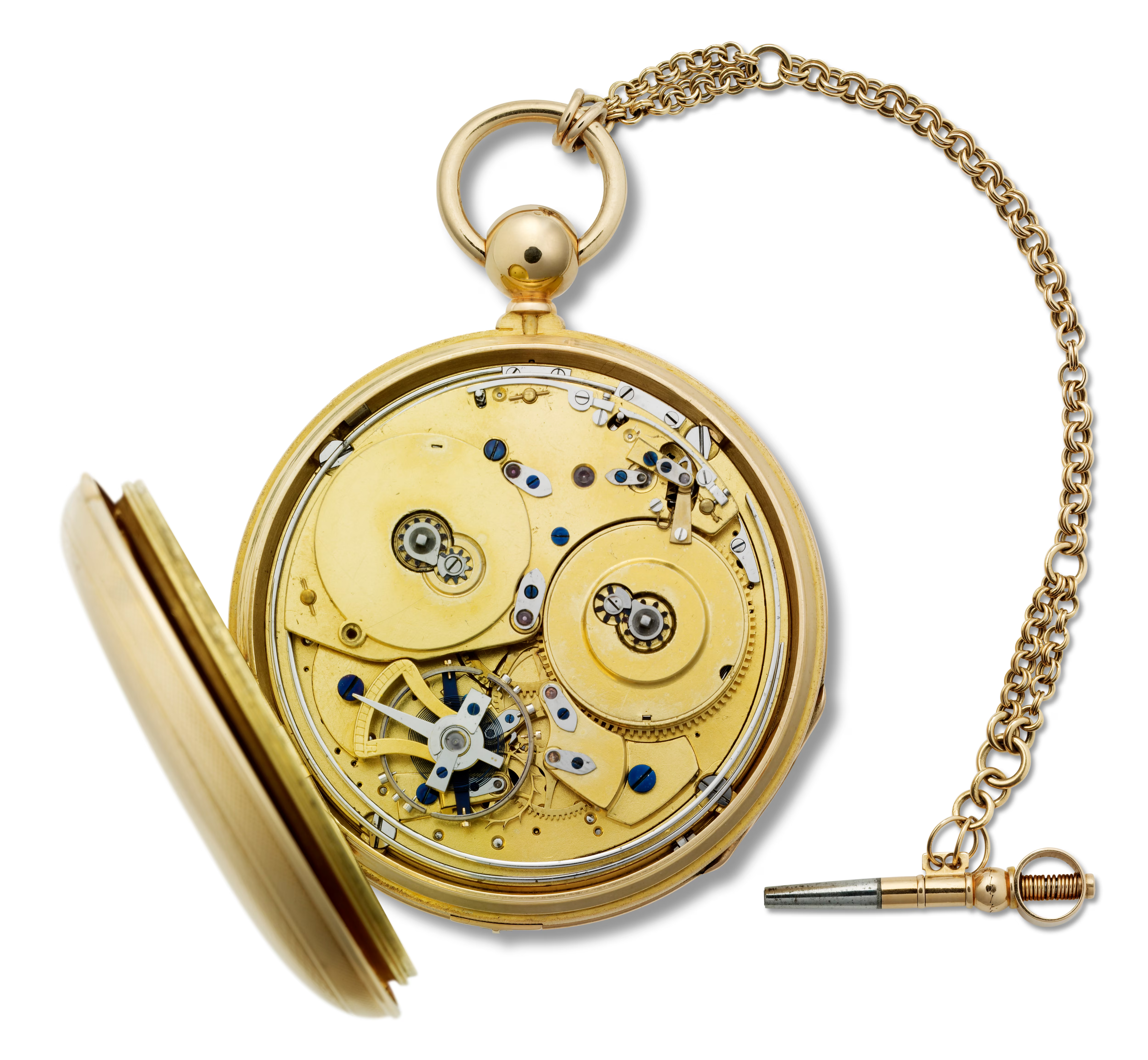
What if the watch suffered a blow ? Voila, the Pare-chute
A Pare-chute is a concave cap-jewel held on a blade spring holding the pivot, it is the ancestor of the modern ‘Incabloc’ and all other shock protection devices. Let's break it down. One of Breguet’s most celebrated inventions, the story began with an observation that, if the watch suffered a blow, what would happen to the pivots of the balance wheel which were the most vulnerable part of the mechanism. Breguet decided to give them a cone-shaped form and to hold them in place with small dishes of matching shape, mounted on a strip spring. It was about 1790 that Breguet started testing this invention, which was to make his watches infinitely less fragile and thereby enhance their reputation even further.
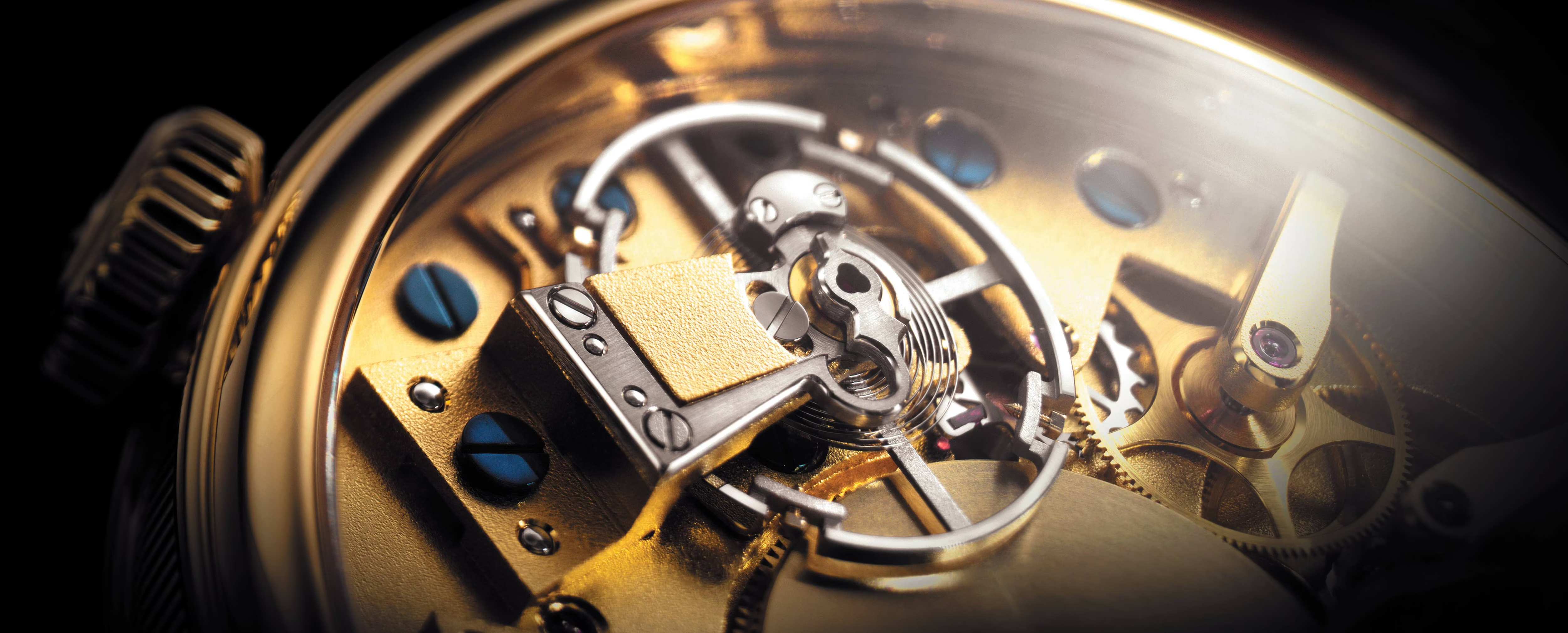
The Famous Breguet Hands
Breguet watches have featured its founder's celebrated hollow, eccentric "moon" tip watch hands for over two centuries now. The hands at this time, often short, broad and heavily decorated, added to the difficulty of reading the dial. As the hands are an essential part of the watch, both functionally and aesthetically, it is not surprising that this is another area in which Abraham-Louis Breguet left his indelible mark. To begin with he used gold English hands, until in about 1783 he invented a type of hand that was uncompromisingly new, made of gold or blued steel, and described variously as resembling a hollow apple or a crescent moon, the principle being that the points were hollowed out in eccentric fashion. Of extreme delicacy and irresistible elegance, the new shape was an immediate success that is visible even today. The term ‘Breguet hands’ soon entered the lexicon of watchmaking and was adopted by several other watchmakers.
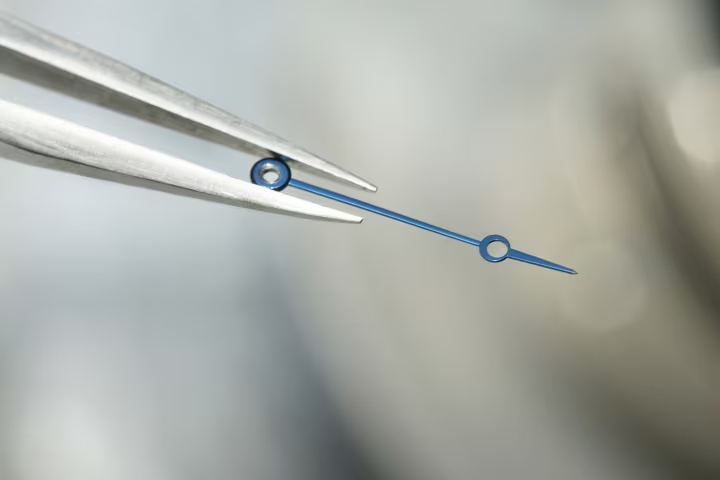
The Father Of The Tourbillon
On June 26, 1801, Abraham-Louis Breguet patented a revolutionary mechanism that neutralized the effects of gravity providing incredible precision in mechanical timepieces and thus the tourbillon was born. This invention was an engineering feat that cemented the illustrious watchmaker’s standing as one of the most innovative figures of all time. The tourbillon addresses the issue of gravity's effect on a watch's accuracy. By mounting the escapement and balance wheel in a rotating cage, the tourbillon averages out positional errors, significantly improving precision. This invention remains a hallmark of high-end watchmaking and is celebrated for its complexity and elegance.
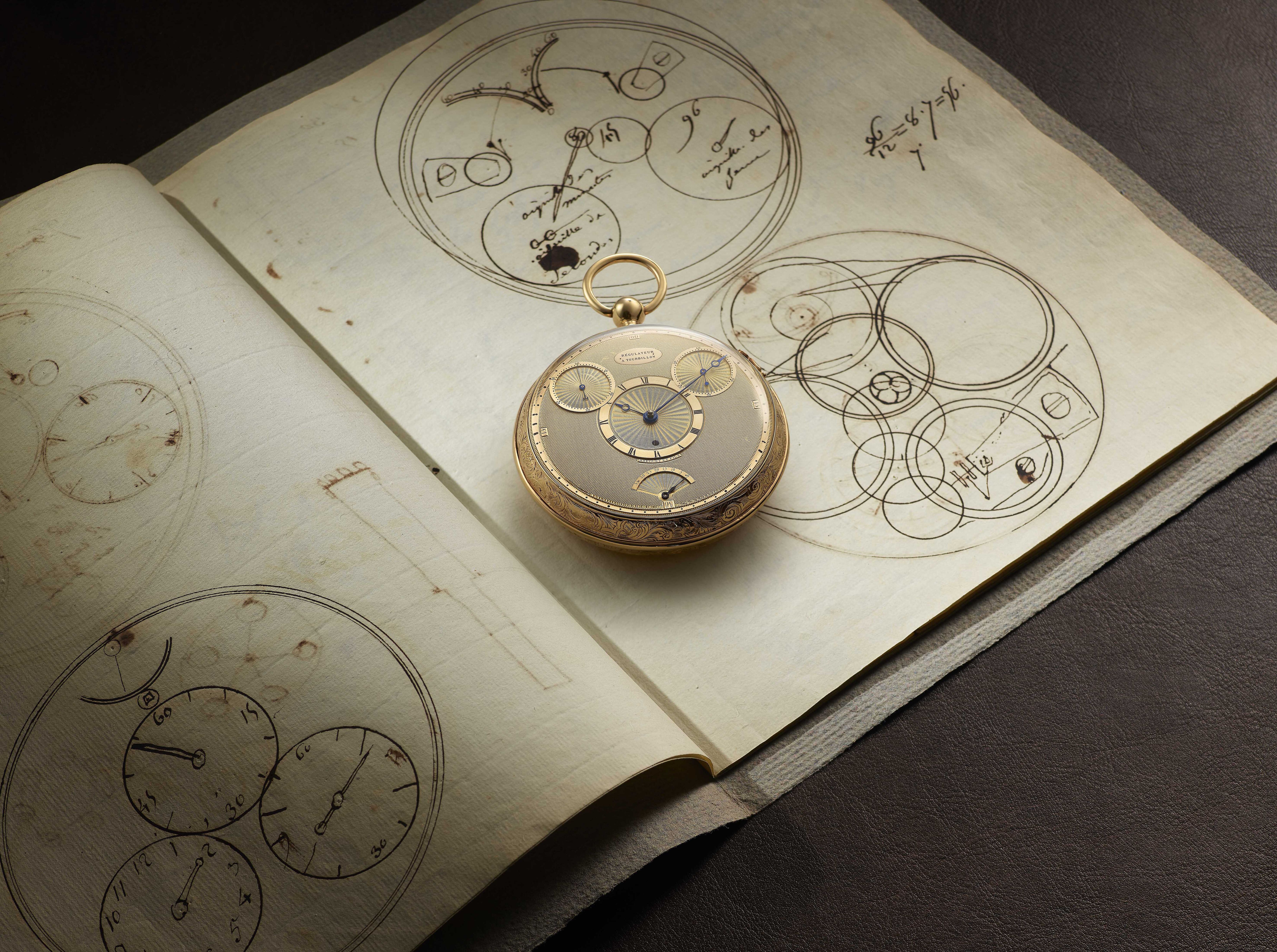
The Royal Patronage
Breguet's clientele included some of the most prominent figures of his time, spanning royalty, military leaders, and intellectuals. His watches were prized not only for their technical superiority but also as symbols of status and sophistication.
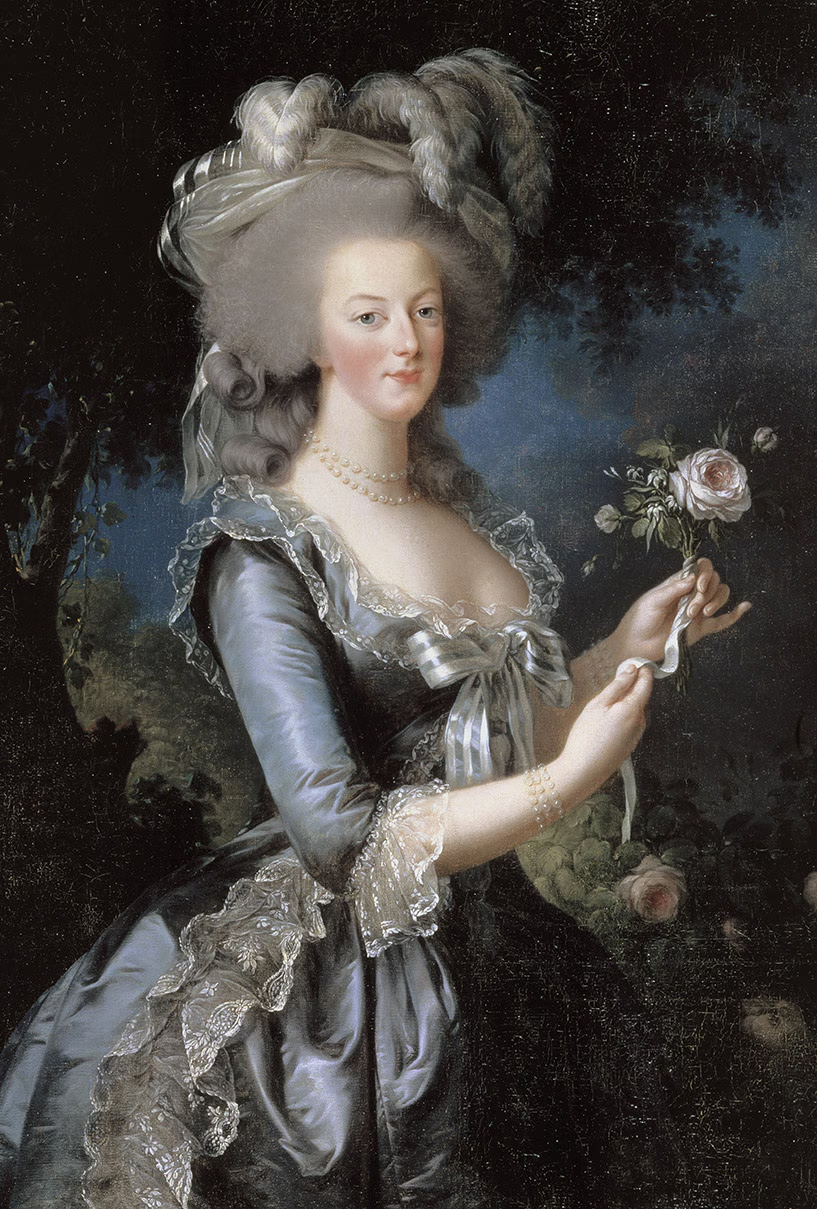
Marie Antoinette: One of Breguet's most famous patrons was Queen Marie Antoinette of France. In 1783, an admirer of the queen commissioned Breguet to create a watch that would be the most advanced and luxurious timepiece ever made, incorporating every known complication and feature of the time. The resulting watch, known as the "Marie Antoinette," was not completed until 1827, 34 years after the queen's execution and four years after Breguet's death. This masterpiece remains one of the most celebrated and complex watches in horological history.
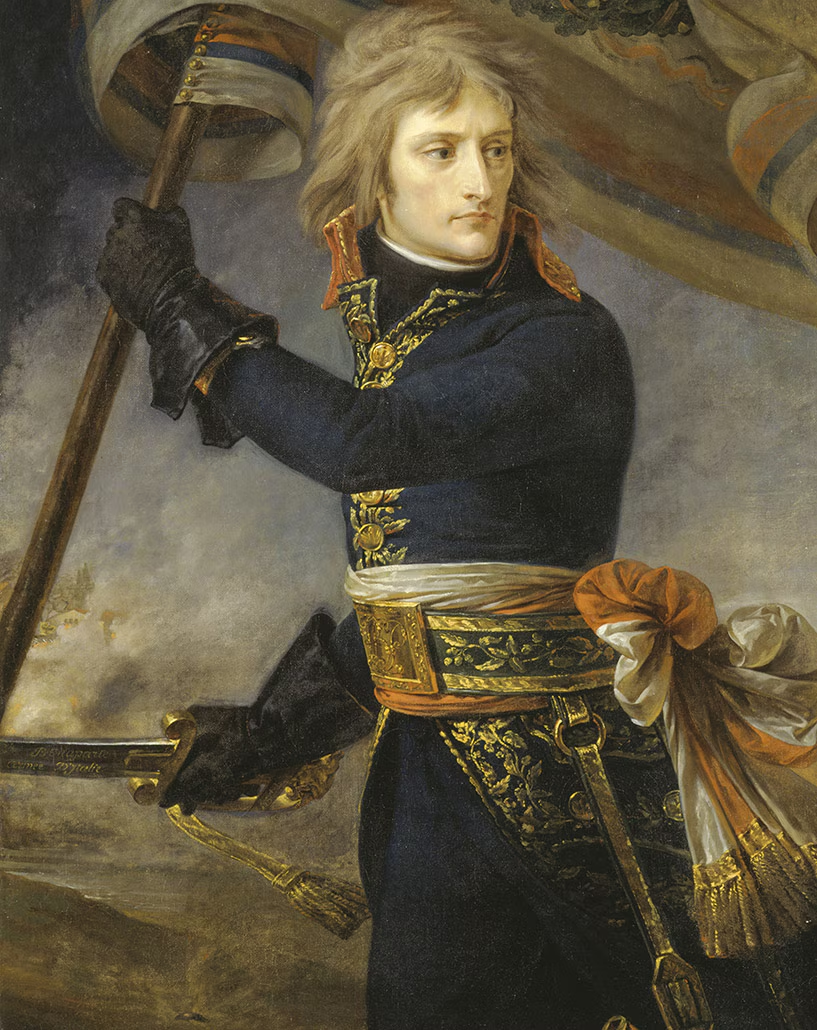
Napoleon Bonaparte: Napoleon Bonaparte was another notable client. Breguet created several timepieces for the French emperor, including travel clocks and watches designed for military campaigns. These pieces needed to be robust and accurate, reflecting Breguet's ability to tailor his creations to the specific needs of his clients.
Caroline Murat: During her reign over Naples, Napoléon Bonaparte’s younger sister, was a great supporter of the arts and would acquire over 30 Breguet watches and clocks. In 1810, Abraham Louis Breguet began an unprecedented creation for the Queen of Naples: a watch designed to be worn on the wrist. This would be the world’s first known wristwatch. From its delivery in 1812 to repairs in 1849 and 1855, the Breguet archives have kept track of the history and characteristics of this watch, whose whereabouts today are unknown. The oblong-shaped creation with an engine-turned silver dial was very delicate and included several complications: a repeater, a moon-phase indicator, and also a thermometer. Finally, it had a wristlet of hair and gold thread that allowed it to be worn on the wrist.

The Timeless Innovator
Abraham-Louis Breguet's legacy as a pioneer of watchmaking is indisputable. His innovations, from the tourbillon to the Breguet overcoil, have set benchmarks in the industry. His ability to blend technical prowess with artistic beauty has inspired generations of watchmakers. Today, the Breguet brand continues to honor his legacy, producing timepieces that reflect the same dedication to innovation, precision, and elegance that characterized Abraham-Louis Breguet's life and work.
No articles found


